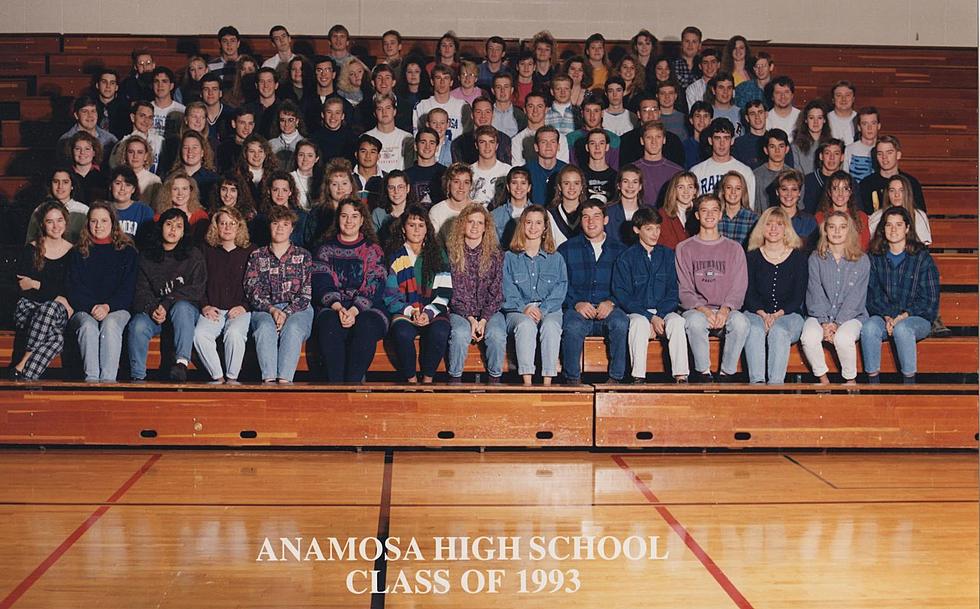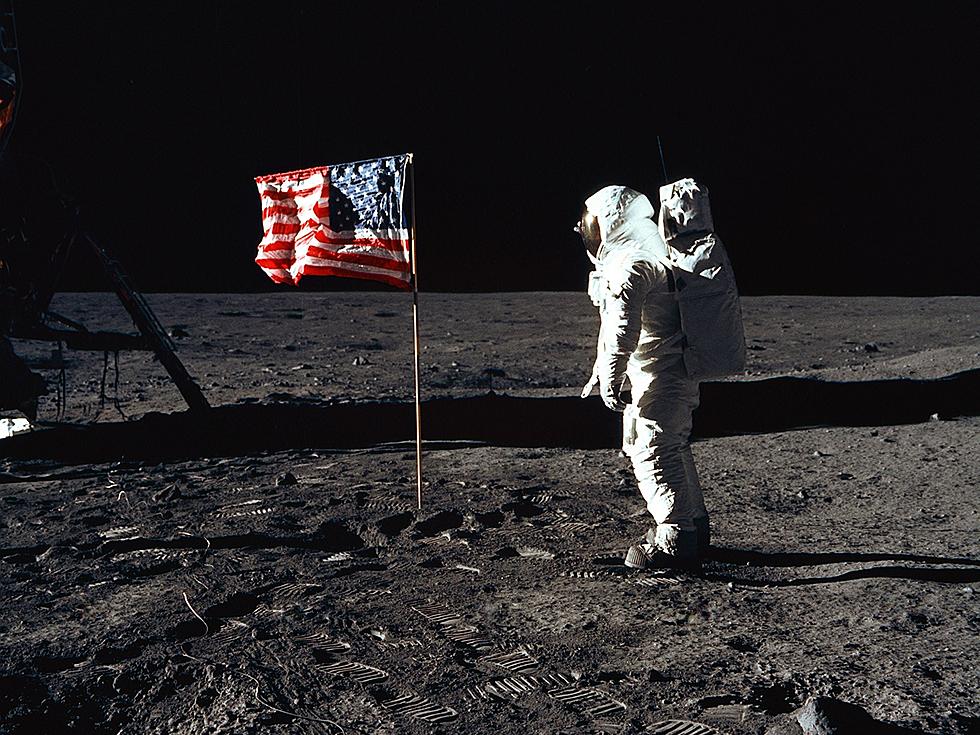
Rare Comet To Appear For The First Time In Over 400 Years
You might want to get out the binoculars or telescope this week to try and catch a glimpse of a rare comet that won't be back again in our lifetime!
KCCI reports that stargazers in the Northern Hemisphere will be able to catch a glimpse of the comet this week or early next week. After that, it won't be back for another 400 years! The half-mile-sized comet safely passed by Earth yesterday. How close did it get? Experts say around 78 million miles. I'd call that a safe distance. KCCI reports that the comet, while faint, is still visible to the naked eye.
So how on Earth do you view this rare comet? KCCI reports that you'll need to get up really early. Look towards the northeastern horizon around one and a half hours before dawn, around 10 degrees above the horizon near the constellation Leo. The comet will get brighter as it gets closer to the sun, but will also drop lower in the sky making it tricky to see.
Experts with NASA say that you need to know where to look and have a good pair of binoculars to help find the comet, according to KCCI. The comet will come closest to the sun on September 17 before it departs our solar system, not returning for 400 years. The comet, named Nishimura, was discovered by an amateur Japanese astronomer. KCCI reports the comet last visited around 430 years ago. That was before two decades before Galileo invented the telescope.
LOOK: The states with the most UFO sightings
LOOK: The most extreme temperatures in the history of every state
More From Q98.5





![[WATCH] Cedar Falls Astronaut Safely Returns To Earth](http://townsquare.media/site/726/files/2022/05/attachment-ISS-2.jpg?w=980&q=75)

![A Cedar Falls Native is Spending Thanksgiving in Outer Space [VIDEO]](http://townsquare.media/site/724/files/2021/11/attachment-GettyImages-1352548908.jpg?w=980&q=75)

